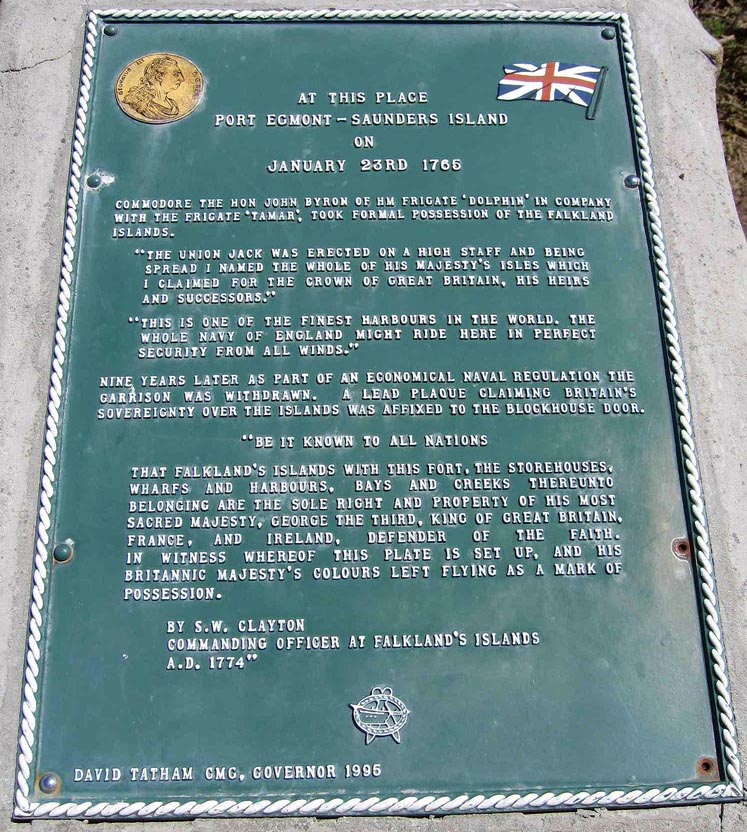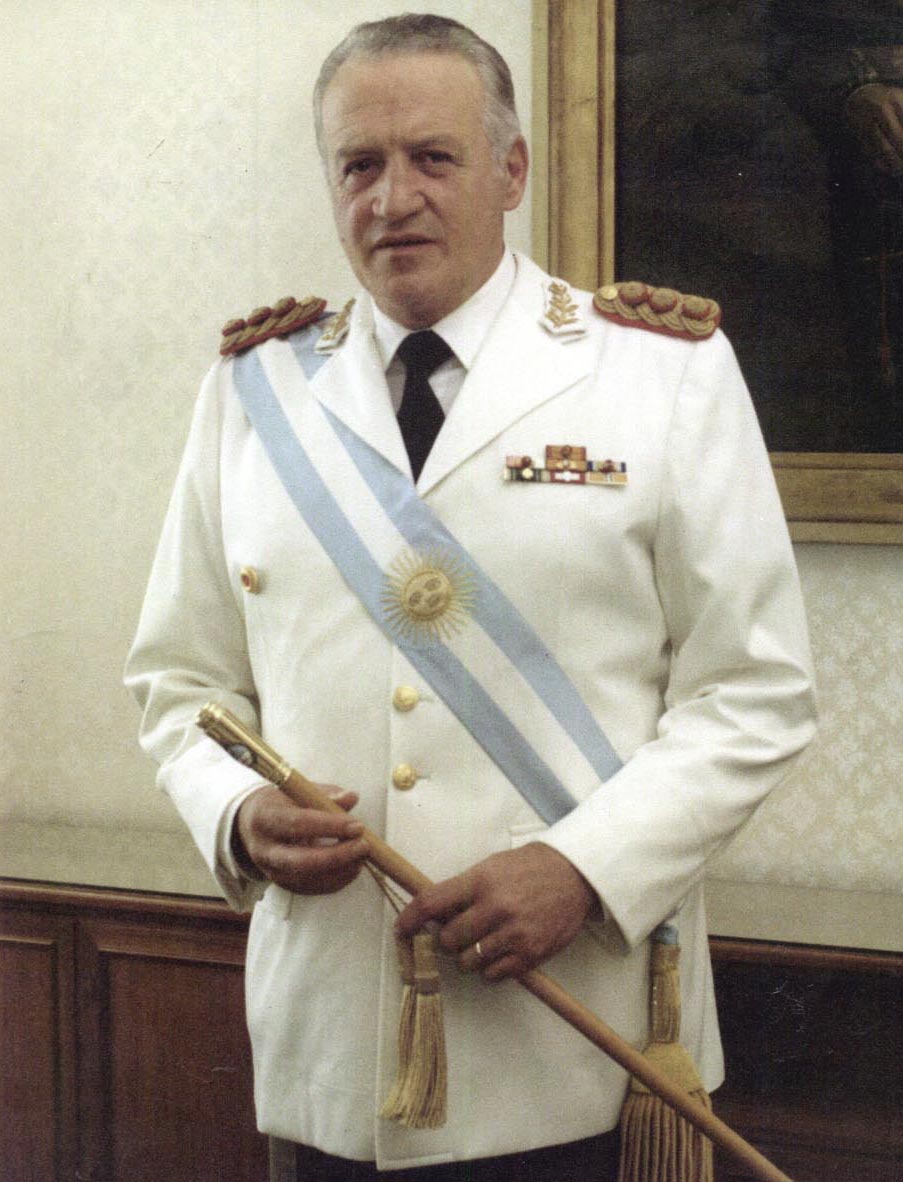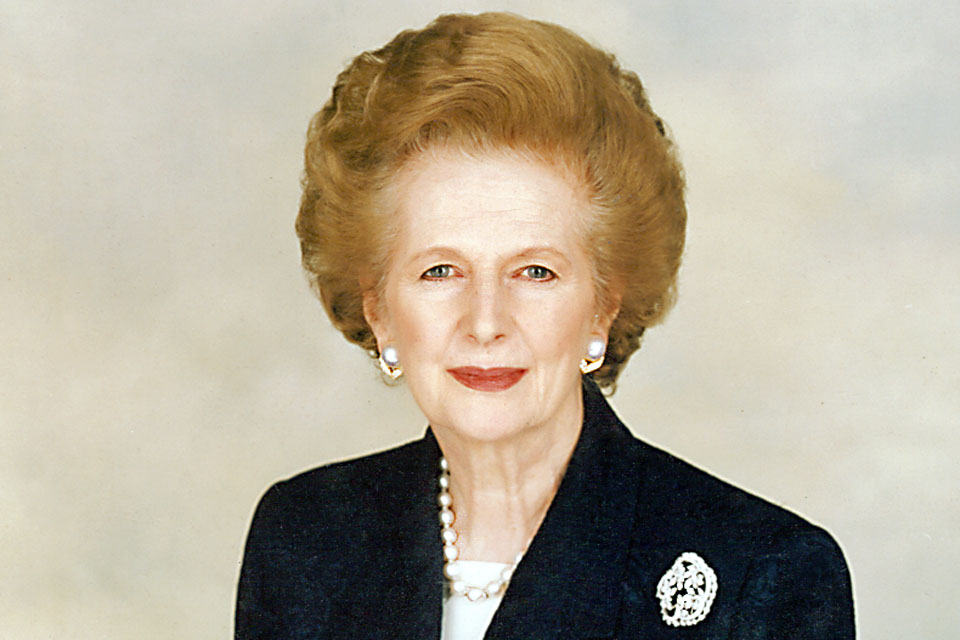In 1494, a line was drawn on a map by the Pope. This line dictated what would rightfully be owned by Spain or Portugal. On the Spain side of the line, there was a small cluster of islands, which would later go on to be named the Falkland Islands

In 1765, Anthony Cary, Viscount of Falkland, tasked a mariner by the name of John Strong to look for the wreck of a Spanish ship off the coast of Chile. On his way down, he discovered the islands and claimed them in the name of Britain. However, one year earlier, the French had found the Eastern most island. France, finding out about the British setting up a colony on the western island, called upon Spain to assist. Spain informed France about the line on the map, and, as they were allies, France peacefully handed over their colony to Spain. They warned the Spanish about the British on the Western Island. Once Spain had gone over there, the British claimed that the island was theirs as they were Protestants who did not care for the opinions of the Catholic Pope, but were threatened into leaving the island. Fearing a war with the British over this island, Spain attempted to call upon France, who could not join as they were not ready for war. That meant Spain had to give the colony back to the British. Eventually, British soldiers had to leave the region in order to deal with the American Revolution but left a plaque claiming their territory.

Once Napoleon had gotten into power, he invaded Spain, capturing King Ferdinand. This instability within Spain led to many South American Spanish colonies wanting independence, meaning that Spain had to leave the islands to deal with the crisis. The islands were left practically uninhabited for many years, except for penguins, fishers and gauchos, essentially Spanish cowboys.
Luis Vernet, a Merchant from Hamburg had recently moved to the United Provinces of the Rio de la Plata, modern day Argentina. He heard about the cows on the islands and had wanted to make some money through cattle farming. He got permission from both Rio de la Plata and the British government to set up a port on the Eastern Island. Eventually, some American ships came down and began whaling in the region, which angered Vernet. Vernet requested assistance from Rio de Plata, who gave him some weapons and appointed him governor of the islands. He seized the ships and arrested the crew. The US, learning of this, came down and bombarded the harbour.
Britain, finding out that Vernet had been appointed governor of the islands, pointed to the plaque claiming that the island was theirs. Britain came down with weapons, kicking them off the island. The island became a crowned colony in 1840, sheep were imported in 1851, two world wars came and went and the now Argentina was still claiming that they should own the islands.
It’s now 1982, and Leopoldo Galtieri was the ruler of Argentina under a right wing dictatorship. The economy was on the ropes and decided to recolonise the Falklands to distract the Argentinians from their economic crisis.

He decided that then was the time was to do it, as Britain was planning on cutting their military spending and the HMS Endurance had been withdrawn from the region. The Argentinians captured South Georgia Island before 600 troops were sent to the Falklands. The British Garrison at Port Louis put up resistance but were ultimately crushed by the much larger Argentine force. They assumed the British would do nothing about the invasion. They were incredibly wrong about this. Enter Margaret Thatcher.
Thatcher was a love her or hate her Prime Minister, with rarely a person having a middling opinion on her. But she was very well known for being tough, creating her nickname “The Iron Lady”

Thatcher declared an exclusion zone around the island, sending down a task force to deal with the islands. The UN weren’t happy with Argentina’s invasion, but every Latin American country other than Chile supported Argentina and the US had toppled the communists in 1976, which led to the dictatorship being established that Galtieri ruled over. Reagan requested that Thatcher not attack the Falklands, who obviously denied such a request. Reagan instead armed thatcher with some American guns.

Having travelled 8000 miles, the Argentinian troops had time to entrench themselves, setting up defences and mines. The Royal Navy made easy work of obtaining Naval superiority. The British sank and Argentine Cruise ship outside the exclusion zone. After the sinking, the Argentinian navy withdrew. Due to their Air Bases on the Island, the Argentinians managed to maintain air superiority, sinking the HMS Sheffield on May 4th. The Argentinian air force would carry out raids on the Navy, whilst naval Harriers attempted to take down the Argentine Planes. As the aerial battles raged on, San Carlos was declared as the best landing spot. An SAS raid was carried out on Pebble Island whilst ships engaged on skirmishes, taking out the Argentine Naval Presence.
The landings began on May 21st. Argentinian aircraft would fly over the ships, damaging a few and sinking others. The Fleet Air Arm and the Anti-Air guns made quick work of the Argentine Air Force, allowing a beach head to form. Forces began pushing East and South, towards Port Stanley and Goose Green respectively. Despite having a smaller army deployed in the area, the British would usually win battles, with the larger Argentinian Forces surrendering. After 14 hours of battling, Goose Green was captured by the British, taking 900 Argentinian POWs. The British began preparing for battle at Port Stanley, eventually taking control of the hilly and mountainous areas around the Capital. The Argentinians retreated into the town, where they were bombarded by the Royal Navy. Surrounded, the Argentinians surrendered on June 14th, ending the war.
Around 200 British lives were lost, with around 600 on the Argentinian side. The Islands were firmly British. In 2013, a referendum was held, wherein there was a 99.8% support for British Ownership. Only 3 people voted in favour of Argentina.

Very good article, well researched